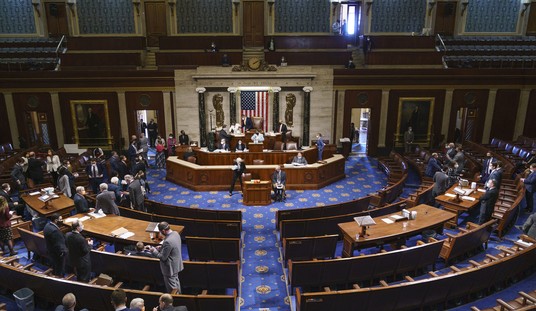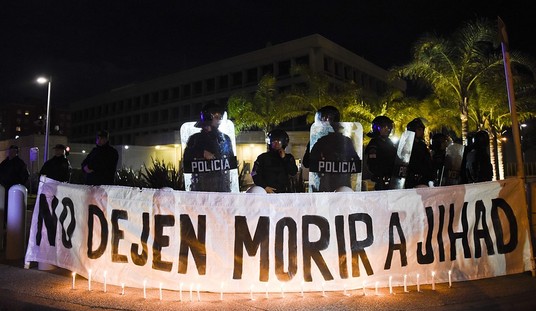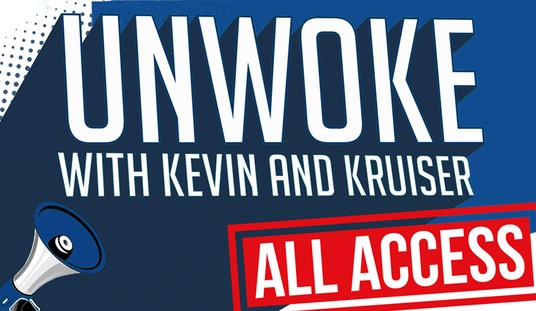WHAT INTEL MEANS TO SILICON VALLEY by Rich Karlgaard
Strange month for Intel. In mid-May came the European Commission’s shocking fine of $1.45 billion for Intel’s apparent violation of the EC Treaty’s antitrust rules. I say “apparent” because antitrust will always be, like pornography, a subjective thing. Is giving discounts to customers who use your chips exclusively proof of monopoly practice?
Yes, says the EC. No says the U.S. (Here is how the EC and U.S. differ.)
Given the timing of the EC’s fine, one guesses that EC regulators felt a kinship with the new Obama administration on antitrust issues. One expects the Obama administration to become similarly more aggressive antitrust enforcers. (Except on, cough, unions).
Next week we will see the retirement of Intel’s chairman, Craig Barrett. Here are some of Barrett’s parting thoughts, as given to Forbes Asia.
I’ve always liked Craig Barrett. He has a wry humor, more so after a wry martini. While CEO of Intel (from 1998 to 2005), he routinely flew coach to and from Asia, and once from Taiwan to the U.S. and then to Brazil. Craig flew back in the coach section because that’s where the other Intel employees sat.
Craig’s charismatic wife, Barbara, once ran for governor of Arizona in the Republican primary. She helped Steve Forbes win Arizona in 1996 when Steve sought the Republican nomination for president. Barbara and Craig were both pilots, and Barbara once landed a plane aboard a carrier, the hardest feat in aviation.
Intel has been spectacularly blessed by its leaders, starting with co-founder Bob Noyce in 1968. Fifteen years into Intel’s founding, the great American essayist Tom Wolfe wrote a fabulous Esquire magazine piece about Noyce, called “The Tinkerings of Robert Noyce.” Here is a sample:
Andy Grove, goes the widespread rumor in Silicon Valley, never understood Bob Noyce’s halo. Grove was recruited to Intel by Gordon Moore and Les Vadasz and was one of Intel’s first employees. But Noyce never regarded Grove as a founder, and that always burned Grove. Drove him, too. By the late 1980s, Intel was Grove’s company, shaped in his image. Grove led Intel’s tough (and near fatal) transition from memory-chip company to microprocessor giant. My vote for America’s top CEO in the 1990s would have been, and still is, Andy Grove.
Intel’s founding team of Bob Noyce and Gordon Moore not only put the silicon in the Valley, their example of straight-talk leadership has taught every great Valley CEO, from Grove to Barrett and on, how it should be done.









Join the conversation as a VIP Member